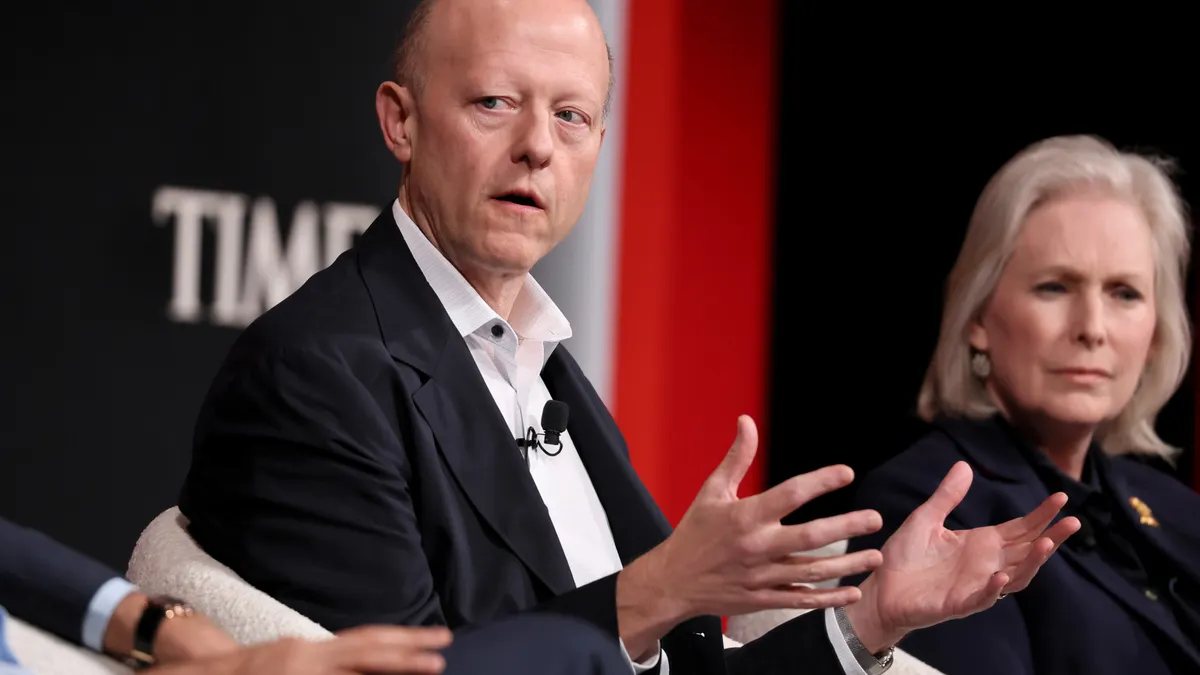Dive Brief:
- California Attorney General Rob Bonta has put small banks and credit unions on notice about charging consumers excessive fees.
- Some overdraft and returned deposited-item fees may violate California’s Unfair Competition Law and the federal Consumer Financial Protection Act, said Bonta, a Democrat.
- California consumers paid an estimated $200 million in overdraft fees in 2022, with the financial burden disproportionately affecting low-income individuals and consumers of color, Bonta said in a press release last week.
Dive Insight:
In a letter to the state's banks and credit unions with assets of less than $10 billion, Bonta said fees charged for every instance of overdraft “needlessly” force consumers to dig into funds they could better use elsewhere.
“All too often, consumers don’t have a chance to avoid these surprise fees,” Bonta said in a release Thursday.
The Consumer Financial Protection Bureau last year said 22% of households that were charged an overdraft or insufficient fund fee expected the charge.
“The complexity of how payments are processed, authorized and settled by financial institutions make it difficult for the average consumer to make an informed decision on whether to use overdraft protection and incur an overdraft fee for any particular transaction,” Bonta wrote last week.
But the California Credit Union League, in a post on its website, said these “surprise” transactions were once largely triggered by operational issues and have since been addressed by technology improvements made by many financial institutions and their vendors.
“Since the CFPB issued guidance, many of our credit unions have been aligning with that guidance and eliminating these types of fees altogether,” the trade group wrote.
The league’s CEO, Diana Dykstra, earlier this year said overdraft protection is a “valued and worthwhile” choice for many credit union members.
"Fortunately, transparent and proactive credit union overdraft programs provide members a financial lifeline by covering expenses in times of need, while ensuring members avoid additional charges by allowing opportunities to cure items,” she said.
Still, the CFPB found that people who pay more than 10 overdraft fees per year end up paying nearly 75% of all overdraft fees.
“These fees can lead to substantial financial losses for families and turn setbacks into crises,” Bonta said. “Meanwhile, financial institutions nationwide generated over $7.7 billion in revenue from overdraft fees and non-sufficient funds fees in 2022.”
The CFPB last month proposed a rule aimed at reducing overdraft fees at banks with more than $10 billion in assets to between $3 and $14.
“The CFPB has already put a stop to the worst practices by the biggest banks and credit unions. Now it is time for everyone else to follow suit,” Bonta said.
Vincent Hui, managing director at Cornerstone Advisors, said even though the CFPB oversees institutions above $10 billion of assets, there are multiple smaller credit unions and banks that have already cut or eliminated some fees.
“Needless to say, they have taken a hit to their noninterest income and revenues,” Hui said. “For credit unions, this reduces their ability to give back to members in terms of better rates and limits lending since they can’t grow capital.”
And banks often need to offset the losses by reducing expenses or investments that would benefit their customers and, in some cases, reduce staffing, Hui said.
An S&P Global Market Intelligence analysis showed that California-chartered credit unions brought in $183.1 million in overdraft fees in 2022, more than five times the $35.1 million state-chartered banks reported.
Some observers believe the CFPB won’t stop until overdraft is completely eliminated, and the states might not be far behind.
“Ultimately the CFPB wants to get rid of overdraft fees altogether,” said Michael Christians, principal of Michael Christians Consulting.













